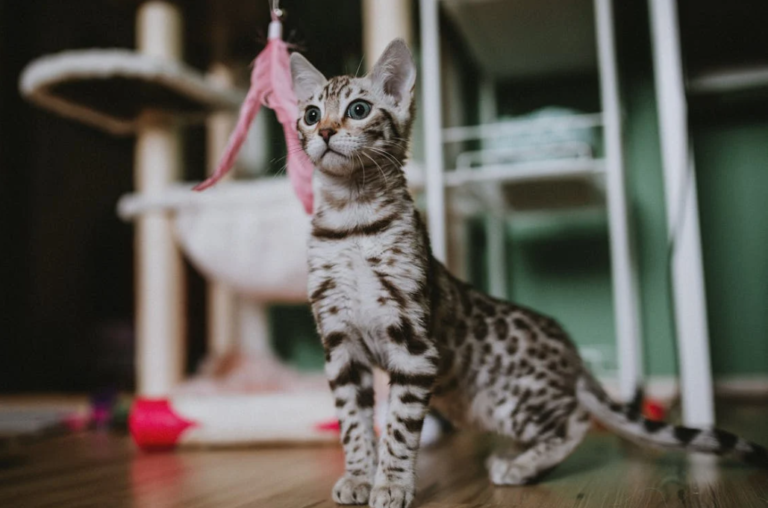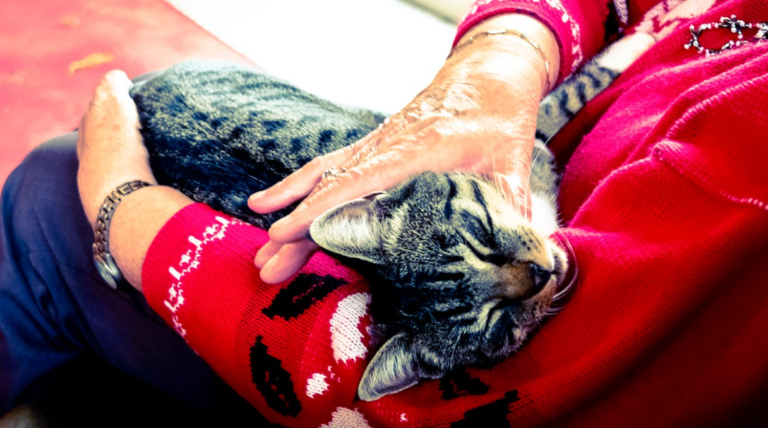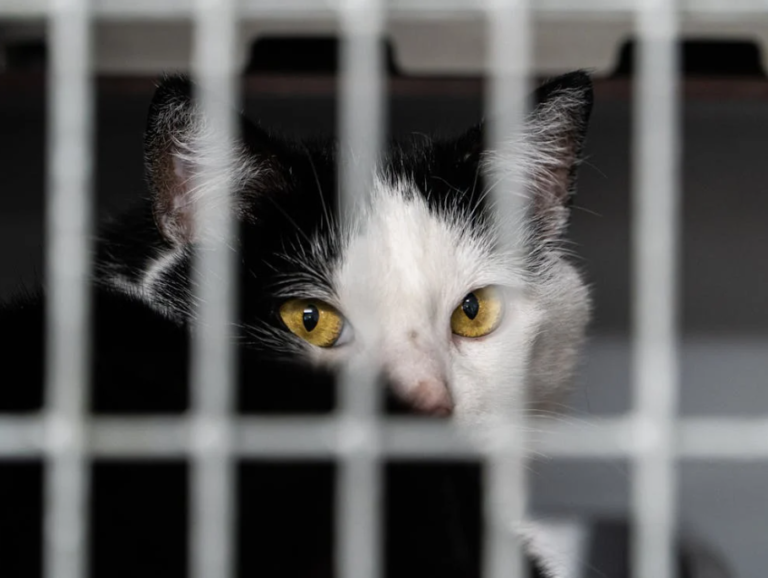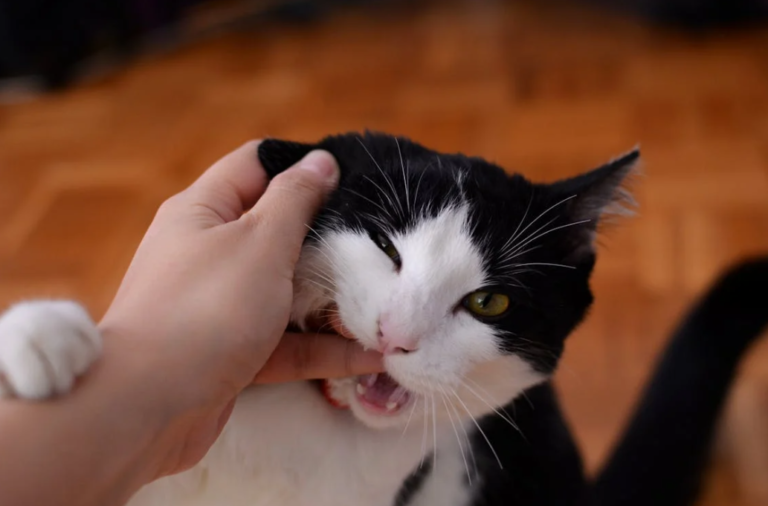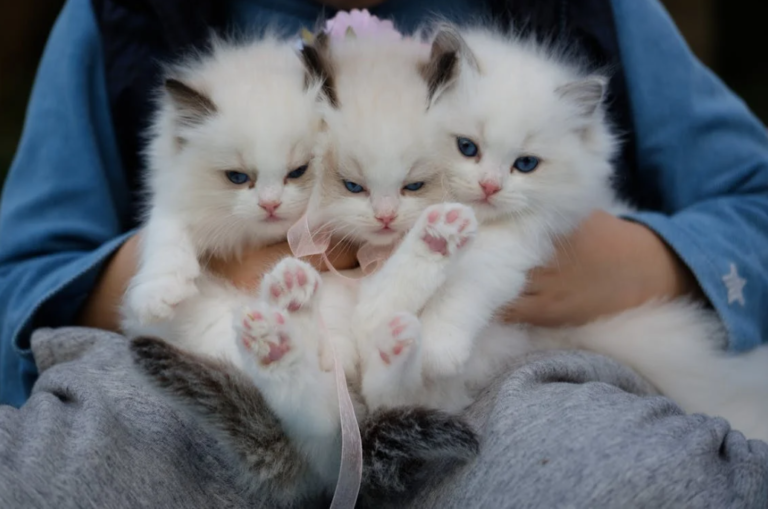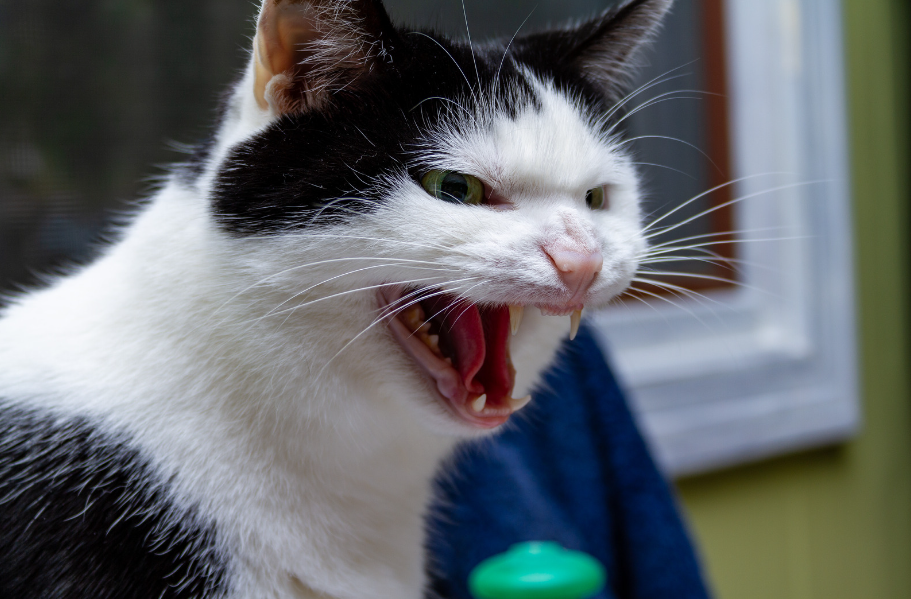Aggressive behavior in cats can be distressing and challenging for pet owners. Understanding the various types of aggression, their causes, and effective management strategies is crucial for creating a peaceful and safe environment for both your cat and your household. This guide explores the common causes of aggression in cats and offers practical solutions to manage and prevent these behaviors.
Types of Aggression
Territorial Aggression
Cats are territorial by nature. They may display aggression if they perceive their space is being invaded by another cat, a new pet, or even a new person in the household. This behavior can be triggered by:
- Introduction of a New Cat or Pet: Gradual introductions and providing separate resources can help reduce territorial disputes.
- Changes in the Environment: Moving to a new home or rearranging furniture can unsettle cats, leading to aggressive behavior.
Redirected Aggression
This occurs when a cat is aroused by an external stimulus, such as another animal outside the window, but redirects its aggression towards a nearby person or pet. It is important to:
- Identify Triggers: Try to identify and eliminate or block the triggers that cause the initial arousal.
- Provide Distractions: Use toys or treats to divert your cat’s attention from the source of frustration.
Fear Aggression
Fearful cats may become aggressive when they feel threatened and cannot escape. Common signs include crouching, flattened ears, and hissing. To manage fear aggression:
- Create Safe Spaces: Provide hiding spots and vertical spaces where your cat can retreat and feel secure.
- Gradual Desensitization: Slowly expose your cat to the feared object or situation, paired with positive reinforcement.
Play Aggression
Kittens and young cats often exhibit play aggression, which includes stalking, pouncing, and biting. This type of behavior can be managed by:
- Encouraging Appropriate Play: Use toys instead of hands or feet to play with your cat.
- Interactive Play Sessions: Regular play sessions help burn off excess energy and reduce aggressive outbursts.
Petting-Induced Aggression
Some cats enjoy being petted but may suddenly bite or scratch when they’ve had enough. To manage this:
- Watch for Warning Signs: Pay attention to signs that your cat is becoming overstimulated, such as tail flicking or skin twitching.
- Limit Petting Sessions: Keep petting sessions short and let your cat initiate contact.
Maternal Aggression
Mother cats can become aggressive when protecting their kittens. This behavior is usually temporary and can be managed by:
- Providing a Quiet Space: Ensure the mother cat and her kittens have a quiet, secluded area away from other pets and people.
Managing Aggression
Positive Reinforcement
Using positive reinforcement techniques can help reduce aggressive behaviors. Reward your cat with treats, praise, or playtime for calm and non-aggressive interactions. Avoid punishing your cat, as this can increase fear and aggression.
Environmental Enrichment
Enriching your cat’s environment can prevent boredom and reduce stress-related aggression. Consider:
- Interactive Toys and Puzzle Feeders: These provide mental and physical stimulation. Some great options include the Migipaws Automatic Whack-a-Mole and the Catit Senses 2.0 Digger.
- Safe Outdoor Access: Allow supervised outdoor time in a secure area to let your cat explore and play.
Regular Veterinary Check-Ups
Health issues can contribute to aggressive behavior. Regular veterinary visits can help identify and address any underlying medical conditions that may be causing your cat discomfort or pain.
Seeking Professional Help
For persistent or severe aggression, consulting a veterinarian or a certified animal behaviorist can provide additional insights and tailored strategies to manage your cat’s behavior effectively.
Understanding and addressing the root causes of aggression in cats can help create a harmonious and safe environment for your pet and household. By providing appropriate outlets for natural behaviors, using positive reinforcement, and ensuring a stress-free environment, you can effectively manage and reduce aggressive tendencies in your cat.
Learn more about our blog for more heartwarming stories.



